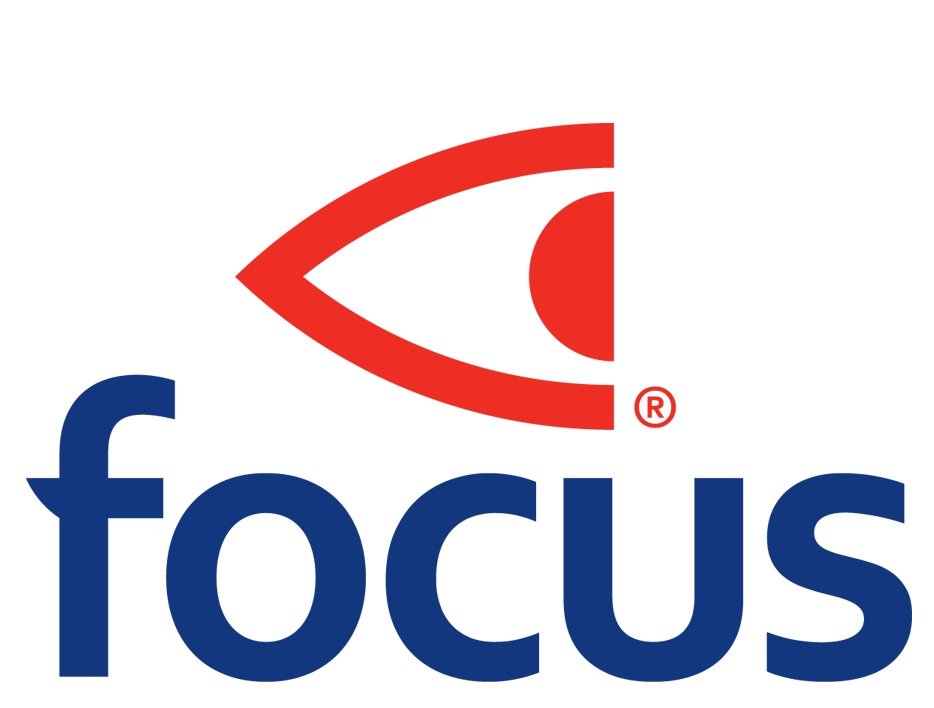Choosing the right security cameras;
Choosing the right type of camera for your home or business with so much variety available, means making the right choice, can be difficult. CCTV is used to improve security. Surveillance continues to evolve as does advancements in software.
Understanding the requirements of your system is the most cost-effective way of planning what to install and where. How you plan to use it and who needs access to the system are also important considerations. Each system should be tailored to you and your business.
Video Monitoring systems (VMS) are essential. On average a person can monitor footage for 20minutes. VMS auto alert you to suspicious activity. With built in motion detection when triggered will create an alert. These systems can also be used to create analytic data that helps them best serve their customers.
We have outlined some of the considerations you need to make when looking at CCTV systems.
· Will the cameras be required to be used inside or outside or both?
The housing and mounting for cameras is a consideration, although most cameras are now designed to be suitable for either use. Some atmospheres and environments may require a more robust camera to be able to deal with heat or vibrations in the premises. This is also true for high dust environments such as factories or warehouses. This could be made suitable by the use of a housing for the camera to protect it.
· What lighting systems may affect the camera?
Lighting is also a consideration when looking at where to cite the camera system. Sunlight and season changes will affect the light quality and images the cameras can record. Glare from lighting systems such as strobes and reflections may also affect the type and quality of image that you are able to capture on the camera footage. Filters and illuminators can amplify or reduce the light into the sensor elements and help to get clarity in the images, in these type of environments.
· What is the area you want to cover with CCTV?
If you have a large area that you want to cover with the cameras, this will influence the type of cameras and network that you will require. Pan, tilt and zoom cameras (PTZ) generally are better for large areas as they can be used to focus on a specific location or area of interest. A smaller area in need of CCTV coverage, could have a static system installed, there are different types of network applicable based on the coverage area. Networks are either LAN or WAN. LAN networks are generally used for larger areas and WAN for smaller areas.
· What clarity and image details required?
The size of the area determines the resolution required. Ensuring image clarity is not lost when zooming means a high-resolution camera would be required for a large area. Lower resolution cameras can be used in smaller spaces as the zoom distance is lessened.
· What will the cameras be used for?
Some premises use a camera as a visual deterrent, others are installed more discreetly. Large cameras in boxes deter theft and crime as they are very visible. Dome cameras are more subtle than box cameras, where as a PTZ camera functionality means you can use the camera to follow and monitor people using the pan, tilt and zoom functionality built into the camera.
· Is it just images the cameras need to record?
In some premises audio functionality is required, this means you can use them as a means of communication to hear and speak to personnel or perpetrators. Cameras can be configured to trigger to record, when noise levels hit a certain threshold.
· What areas need surveillance and monitoring?
Systems are often used not just for theft but also for the safety of staff and visitors alike. Cameras can be used to monitor theft, violence, damage, and any vandalism. If law enforcement agencies require evidence about a situation, CCTV systems give you this. CCTV systems provide data about visitor numbers and any features of shoppers such as gender and age (Facial recognition technology required). These can be used by retailers to cater promotions and layouts of shops to improve sales and customer service levels. It can also be used for targeted advertising, promoting relevant products to target markets.
· How many cameras do you need?
The ability to add to the system over time is important to many premises. If a system is hard wired it is more difficult to add to it over time. IP cameras offer a solution to this as they connect wirelessly on a network and therefore can be added to with ease. It is important to note that wireless systems are not always suitable, and an assessment of the premises should be undertaken to identify potential issues with blocked signals needs to be undertaken.
Good quality Security system providers will be 3rd party accredited, these means their skills, knowledge, systems, and processes have been independently reviewed and verified. Based on a site visit they will be able to talk through the options available to you to ensure that any systems installed are fit for purpose. We offer no obligation free site surveys to all of our customers, get in touch today and let our expert team design and specify your system today, while you continue to run your business safe in the knowledge you are in safe hands.

